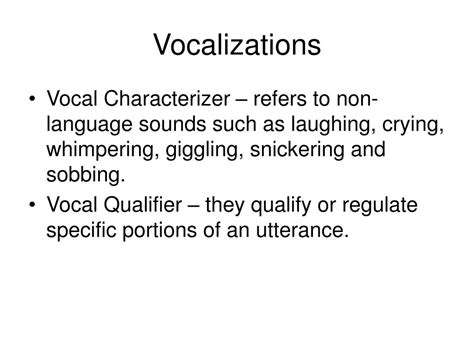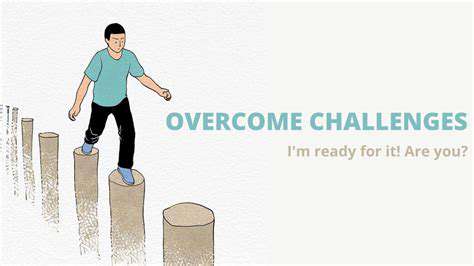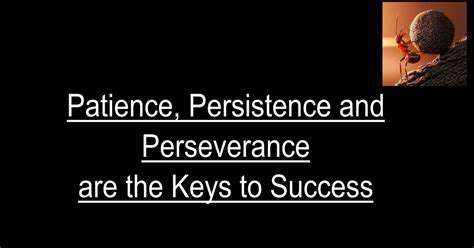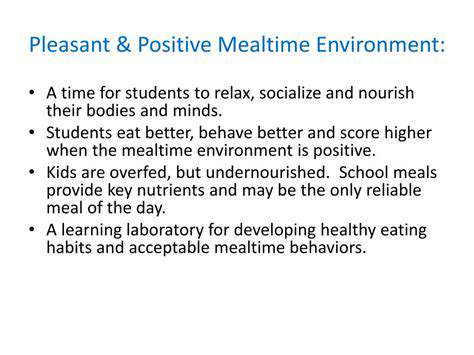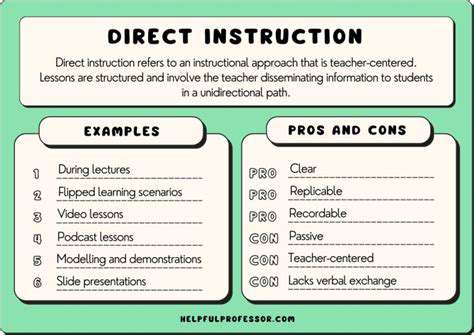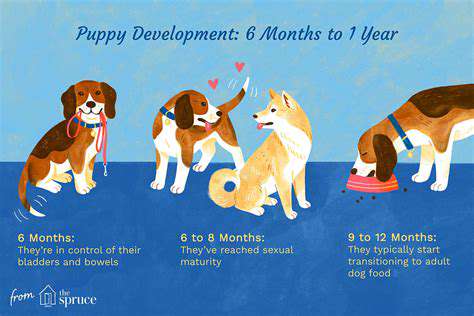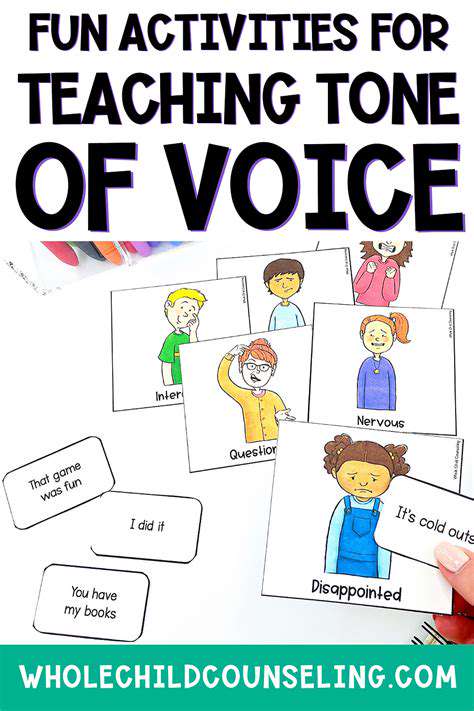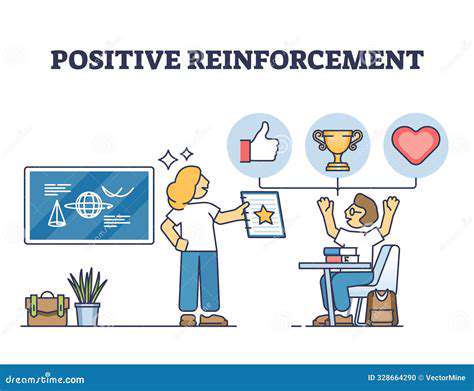My Puppy Bites the Leash During Training: How to Redirect This Behavior
Identifying the Root Cause of the Leash Biting
Understanding the Puppy's Motivation
Puppies, especially those still in their developmental stages, often exhibit behaviors like leash biting due to a combination of factors. They might feel uneasy or frustrated by the leash—perhaps it's too tight, too loose, or the material irritates their skin. The unfamiliar sensation of the leash against their body, coupled with the feeling of being pulled or restrained, can be overwhelming, triggering the biting response. Carefully observing your puppy's body language and overall demeanor during walks is essential to identify signs of discomfort.
Alternatively, the puppy might be trying to communicate something. Leash biting could stem from frustration, anxiety, or even excitement. They might feel uncertain about their surroundings, encounter something that excites them, or simply explore the world around them. Recognizing these underlying motivations is critical for effective intervention and training.
Examining the Training Methodology
The training method used plays a significant role in shaping the puppy's behavior. Harsh corrections, physical punishment, or inconsistent commands can heighten the puppy's fear and anxiety. A stressed or fearful puppy is more likely to bite as a way to express discomfort or fear, especially if they're being pulled or forced in an unwanted direction. Creating a positive and rewarding training environment is absolutely essential.
The timing and consistency of training sessions also matter. Short, frequent sessions with positive reinforcement tend to yield better results than long, infrequent ones. This is particularly important when introducing a puppy to a leash and walking. Consistency in commands and rewards builds a strong foundation for learning.
Assessing the Leash and Walking Environment
The type of leash used can influence a puppy's reaction. A leash that's too tight, too loose, or made of an irritating material can cause discomfort and frustration, leading to biting. Adjusting the leash length and ensuring it's suitable for the puppy's size and training environment is crucial. The material should also be considered—some may be more abrasive than others. Opt for a comfortable, well-fitting leash that allows the puppy to move freely without restriction.
The walking environment also plays a role. Crowded areas with distractions, loud noises, or other dogs can overwhelm a puppy, increasing the likelihood of leash biting. Choosing quieter, less stimulating environments for early walks helps the puppy adjust gradually. As their confidence grows, you can slowly introduce more stimulating settings.
Identifying Potential Underlying Medical Conditions
While less common, underlying medical conditions can sometimes contribute to leash biting. Dental issues, eye problems, or other discomforts might cause a puppy to react defensively or anxiously. If leash biting persists despite training and environmental adjustments, consulting a veterinarian is vital. A thorough examination can rule out any medical reasons for the behavior.
Desensitizing Your Puppy to the Leash
Understanding the Root Cause
Puppies, like toddlers, are still developing and learning about the world around them. A leash, a new and often unfamiliar object, can be a source of anxiety or frustration. It's important to pinpoint why your puppy reacts negatively to the leash. Is it the sensation of the leash itself? The restriction it imposes? Or a combination of factors, like the sound of the leash snapping or pressure on their neck? Identifying the exact trigger helps tailor your desensitization approach.
Early exposure and consistent, positive reinforcement are key to overcoming this behavior. A puppy who feels safe and secure is more likely to approach new experiences, including wearing a leash, with less fear and anxiety.
Gradual Introduction to the Leash
Sudden exposure to a leash can overwhelm a puppy. Instead, introduce it in a relaxed, non-threatening way. Let your puppy sniff and investigate the leash. Don't force them to wear it—make it a positive experience. Start by attaching the leash to their collar or harness, letting them explore it while you're nearby. Allow them to drag it around to get used to the feeling. This gradual approach is critical for success.
Positive Reinforcement Training
Rewarding calm behavior around the leash is essential. When your puppy displays relaxed behaviors, such as sniffing or calmly walking, immediately reward them with a treat, praise, or a favorite toy. This positive reinforcement strengthens the desired behavior and helps your puppy associate the leash with positive experiences.
Consistency is key. Every time they show a calm reaction, reward them. The more consistent you are, the faster they'll learn.
Using Toys and Treats Strategically
Incorporating engaging toys and tasty treats during leash training sessions can enhance positive reinforcement. Offer treats or a favorite toy as your puppy approaches the leash or shows calmness or curiosity about it. This creates a positive association linking the leash with pleasant experiences.
Desensitizing to Leash Handling
Slowly introduce different types of handling with the leash. Gently clip the leash on and off, or practice putting it on and off in different locations. Gradually increase the duration of these interactions. Each step should feel comfortable for your puppy—never force them.
Practicing Short Leash Walks in Familiar Environments
Once your puppy is comfortable with the leash, begin short, controlled walks in familiar, safe environments. These walks should be positive experiences, focusing on rewarding calm behavior and letting your puppy explore at their own pace. Avoid pulling or tugging on the leash. Keep walks short to maintain focus and enjoyment.
Addressing and Avoiding Potential Triggers
Identify and address any situations or sensations that cause negative reactions to the leash. If a loud noise or another dog triggers fear, work on desensitizing your puppy to those specific triggers. Creating a calm and predictable environment is essential for successful leash training, and addressing specific triggers will greatly aid the process.
Consistency and Patience are Key to Success

Consistency in Action
Consistency isn't just about doing something regularly; it's about maintaining a steady effort and approach. It's about showing up, even when motivation wanes, and sticking to the plan. This consistent effort, even in small increments, compounds over time, leading to significant progress. Think of it like watering a plant; a little each day, consistently, results in a thriving garden, while sporadic watering leads to a withered one.
Consistency also involves maintaining a clear and focused strategy. Having a plan and sticking to it, even amid distractions or setbacks, is crucial for long-term success. It's about avoiding impulsive decisions and maintaining a steady course of action, which is essential for lasting results.
Patience as a Virtue
Patience is the ability to endure delays, setbacks, and challenges without becoming discouraged. It's about understanding that progress takes time and that rushing the process often leads to frustration and less desirable outcomes. It's a crucial element in achieving any worthwhile goal, as it allows us to navigate inevitable bumps with resilience and composure.
Patience involves recognizing that growth and development aren't linear. There will be plateaus, moments of frustration, and setbacks requiring patience and renewed commitment. It's about valuing the journey itself, with the destination being a reward for consistent effort and patience.
The Power of Small Steps
Consistency and patience work best when combined with small steps. This allows gradual progression, reducing overwhelm and increasing the likelihood of sustained effort. Small steps make the overall goal feel less daunting, and each accomplishment, no matter how minor, reinforces positive momentum.
By focusing on small, achievable steps, you're more likely to stay motivated and committed to the long-term vision. This approach allows for adjustments and corrections, fostering a flexible and adaptive strategy.
Overcoming Obstacles
Obstacles are inevitable in any journey toward a goal. Consistency and patience are paramount in navigating them. Embracing challenges as opportunities for growth and learning is key. It's about not letting setbacks derail progress but using them as stepping stones to a stronger, more resilient you.
By maintaining a consistent approach, even amid challenges, you demonstrate strength and resilience. It's about understanding that temporary setbacks aren't permanent failures and that perseverance leads to overcoming any obstacle.
Long-Term Growth
Consistency and patience are fundamental for long-term growth. These qualities aren't just about achieving a specific goal; they foster a mindset of continuous improvement. This means valuing the journey over just the destination. Cultivating this mindset enables adaptation and adjustment, ensuring you stay on track despite unforeseen circumstances.
By consistently applying these principles, you build self-discipline, resilience, and adaptability. These qualities are invaluable in any pursuit, paving the way for long-term success and personal fulfillment.
Building Resilience
Consistency and patience are instrumental in building resilience. They equip you with the mental fortitude to withstand setbacks and challenges. By practicing these qualities, you develop stronger self-belief and determination. This inner strength allows you to bounce back from adversity, emerging stronger and more determined.
Ultimately, consistency and patience aren't just strategies for achieving goals; they're essential for building a resilient and fulfilling life. They allow you to navigate ups and downs with grace, emerging stronger and more capable.
Read more about My Puppy Bites the Leash During Training: How to Redirect This Behavior
Hot Recommendations
- The Impact of Early Socialization on a Dog's Interaction with Other Animals
- Car Travel and Puppy Socialization: Making the Journey a Positive Experience
- The Importance of Early Environmental Exposure for Puppy Development
- Taking Your Puppy to the Vet: Positive Socialization Strategies
- Making Training a Positive Experience for Your Puppy
- Public Transportation and Puppy Socialization: A Step by Step Guide
- Safe Socialization: Allowing Others to Pet Your Puppy
- Helping a Puppy Who Struggles with "Stay"
- Positive Puppy Interactions: Making Meetings with New Friends Fun
- No Treats Needed? Training Basic Commands with Verbal Praise
